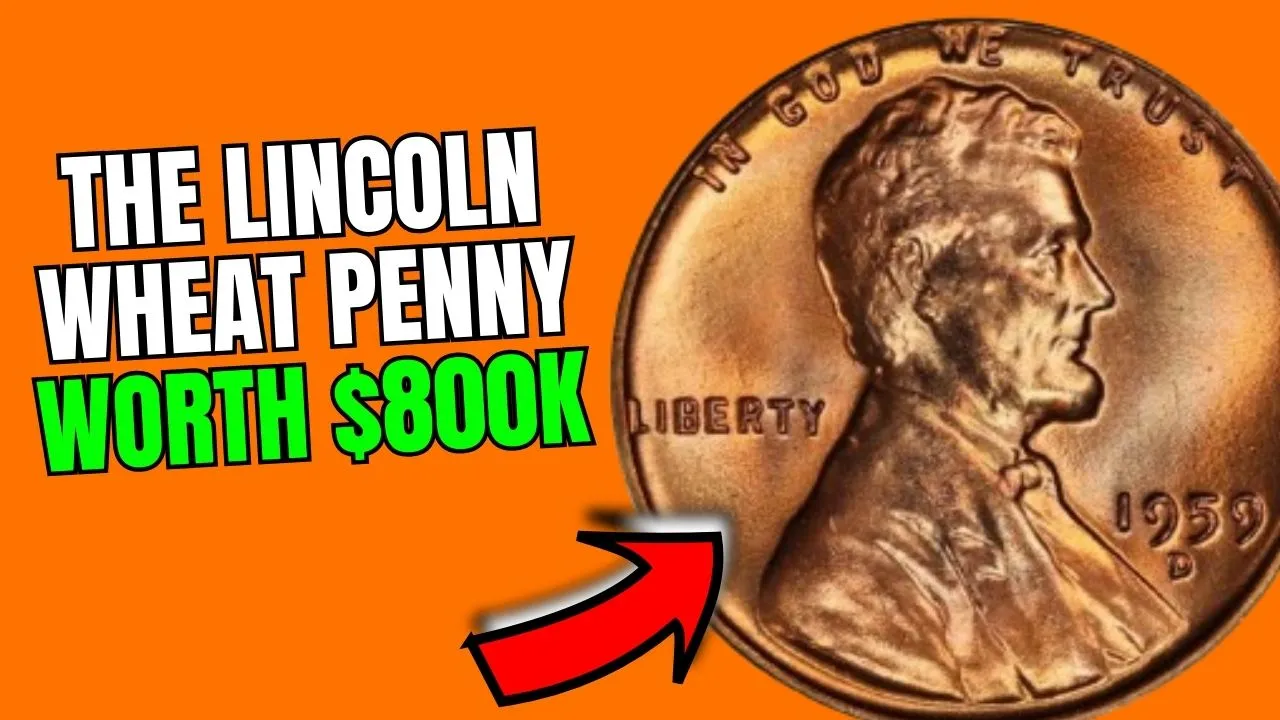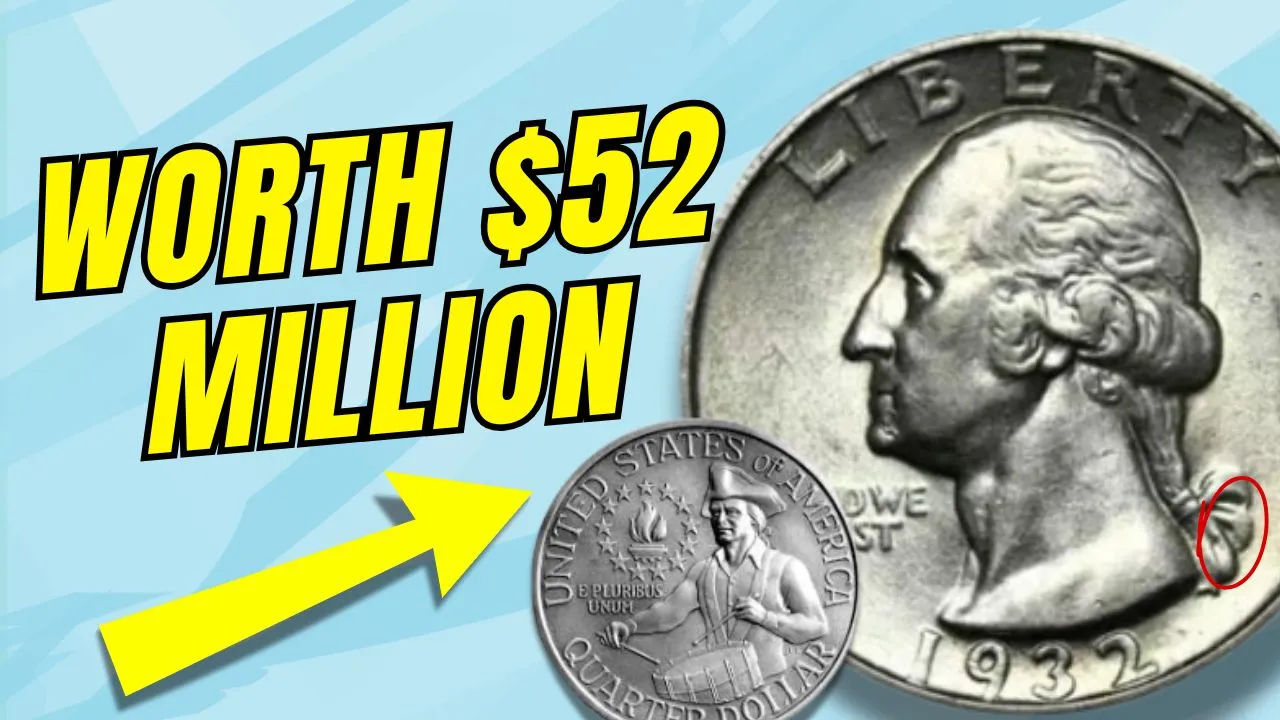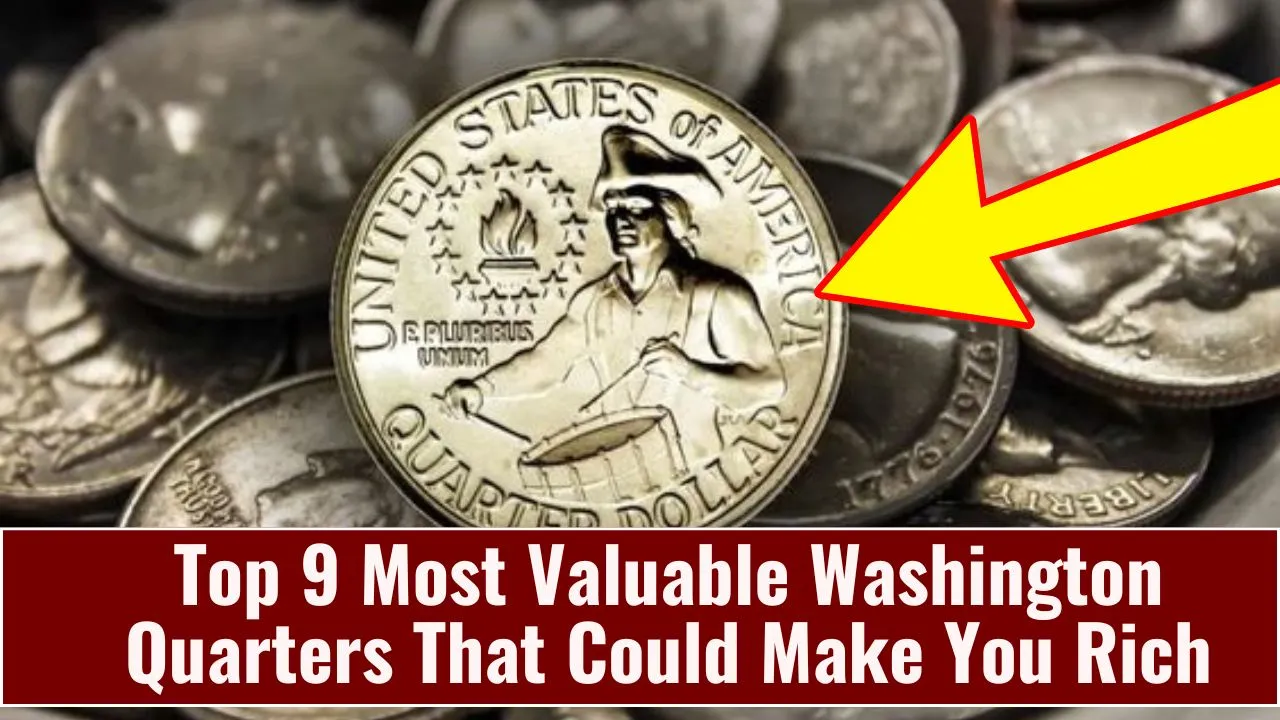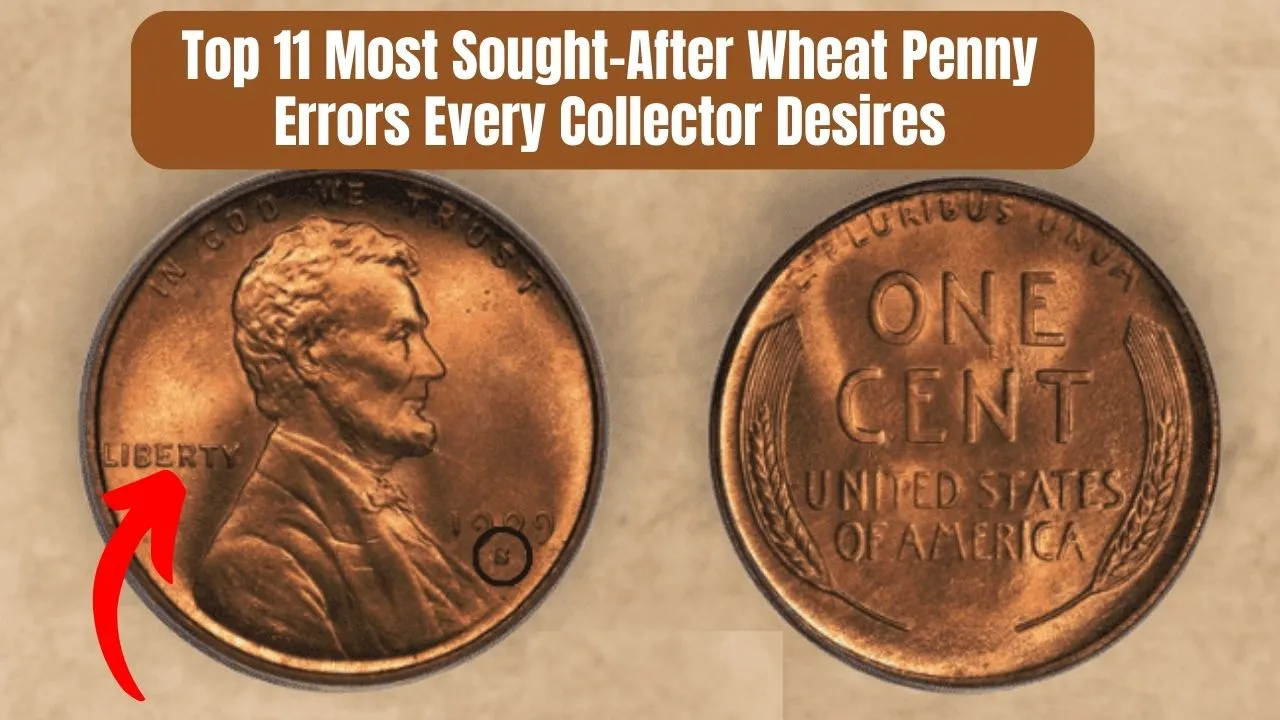Lincoln Wheat Penny: Collectors and enthusiasts worldwide dream of discovering a rare Lincoln Wheat Penny in their possession. While most pennies are worth just a cent, certain variations of this iconic coin have sold for astonishing amounts. One such penny recently fetched a record-breaking $800,000, turning heads in the coin-collecting community.
This article explores what makes the Lincoln Wheat Penny valuable, how to identify rare versions, and where to sell them. Whether you’re an avid collector or just curious about the coins in your pocket, you might be holding a hidden treasure.
Overview of Valuable Lincoln Wheat Pennies
| Year | Mint Mark | Unique Feature | Potential Value |
| 1943 | No mark/D/S | Copper penny (WWII minting error) | Up to $800,000 |
| 1909 | S (San Francisco) | Designer’s initials “VDB” on reverse side | Up to $100,000 |
| 1914 | D (Denver) | Low mintage, highly sought-after | Up to $50,000 |
| Various Years | D/S/No mark | Errors like double dies and off-center strikes | Hundreds to thousands |
What is the Lincoln Wheat Penny?
The Lincoln Wheat Penny was introduced in 1909 to commemorate the 100th birthday of Abraham Lincoln. It features Lincoln’s profile on the front and two wheat stalks on the back, symbolizing prosperity. The design remained in circulation until 1958, making it a staple of American currency and a favorite among collectors.
While most of these pennies are still common, certain rare editions have become valuable due to their limited numbers, unique features, or minting errors. These rare variations are now highly sought after, with some fetching hundreds of thousands of dollars at auctions.
Why Are Some Lincoln Wheat Pennies So Valuable?
Though most Lincoln Wheat Pennies hold only sentimental or historical value, a few stand out due to their rarity and demand among collectors. Here’s why some versions are worth a fortune:
1. The 1943 Copper Penny: The $800K Treasure
During World War II, copper was needed for military equipment, so the U.S. Mint switched to zinc-coated steel for pennies. However, a few 1943 pennies were mistakenly struck on leftover copper blanks from 1942. This error created one of the rarest coins in U.S. history.
In 2025, a mint-condition 1943 copper penny sold for an incredible $800,000, setting a new benchmark in the world of coin collecting. Only a handful of these pennies are known to exist, making them highly desirable and extremely valuable.
2. The 1909-S VDB Penny: A Collector’s Classic
The first year of the Lincoln Wheat Penny featured the initials “VDB” of designer Victor David Brenner on the reverse side. However, public backlash over the prominent initials led to their removal, making the 1909-S VDB version rare and valuable.
Depending on its condition, this coin can fetch up to $100,000, especially when found in mint or near-mint state. Its historical significance and limited availability make it a must-have for collectors.
3. The 1914-D Penny: Scarcity Drives Value
With only about 1.2 million minted, the 1914-D Lincoln Wheat Penny is one of the rarest regular-issue pennies. Unlike other valuable pennies that owe their worth to errors, this coin’s value stems from its low production numbers.
A well-preserved 1914-D penny can sell for anywhere from $1,000 to $50,000, depending on its grade. The better the condition, the higher the price, with mint-state coins commanding top dollar.
Common Errors That Increase Value
Minting errors can significantly boost a penny’s value. Here are some key errors to look out for:
- Double Die Obverse (DDO): This error results in a doubled image, especially around the date and inscriptions. Collectors prize these coins for their unique look.
- Off-Center Strikes: Coins struck off-center during minting, where part of the design is missing, can be worth hundreds or even thousands of dollars.
- Wrong Planchet Errors: Pennies mistakenly struck on foreign metal or wrong-sized blanks are rare and valuable.
The more pronounced the error and the better the coin’s condition, the higher its value. Collectors are often willing to pay a premium for these unique pieces.
How to Identify a Valuable Lincoln Wheat Penny
If you think you might have a rare Lincoln Wheat Penny, follow these steps to check its value:
- Examine the Date and Mint Mark:
- Check the date on the front of the coin and look for the mint mark near the bottom of the reverse side. Key years to look for include 1943 copper, 1909-S VDB, and 1914-D.
- Mint marks include “D” for Denver, “S” for San Francisco, and no mark for Philadelphia.
- Look for Errors:
- Inspect the coin for signs of minting errors like doubled letters, off-center strikes, or unusual markings. Even minor errors can increase a penny’s value.
- Assess the Coin’s Condition:
- Coins are graded from “Poor” to “Mint State.” The closer your coin is to mint condition, with minimal wear and clear details, the more valuable it is.
- Get a Professional Appraisal:
- If you believe you have a valuable coin, consult a certified numismatist for authentication and an accurate valuation. They can assess the coin’s rarity, condition, and demand in the market.
Potential Values of Rare Lincoln Wheat Pennies
Here’s a quick breakdown of the potential values for the most sought-after Lincoln Wheat Pennies based on their condition:
- 1943 Copper Penny: Up to $800,000 in mint condition, with worn examples still worth tens of thousands.
- 1909-S VDB Penny: Between $1,000 and $100,000, depending on its grade.
- 1914-D Penny: Typically valued from $1,000 to $50,000, with pristine coins reaching the higher end.
- Error Coins: Prices vary depending on the type of error, with some fetching thousands of dollars.
Where to Sell a Rare Lincoln Wheat Penny
If you discover a valuable Lincoln Wheat Penny, here are some options for selling it:
- Coin Dealers: Local coin shops and dealers often buy rare coins. Be sure to get multiple offers to ensure a fair price.
- Coin Shows: Coin shows connect collectors and dealers, making them great places to sell valuable coins.
- Online Auctions: Websites like eBay and specialized coin auction platforms reach a wide audience of collectors.
- Professional Auction Houses: For high-value coins, consider selling through auction houses like Heritage Auctions or Stack’s Bowers, which specialize in rare collectibles.
FAQs
1. How do I know if my 1943 penny is copper?
Check the penny’s color and weight. A copper penny has a reddish-brown hue and weighs 3.11 grams, while steel pennies are silver-colored and weigh 2.7 grams.
2. Are all 1943 copper pennies worth $800K?
No, the value depends on the coin’s condition. Only coins in mint or near-mint condition can reach values as high as $800,000, though worn examples are still valuable.
3. Why is the 1909-S VDB penny so valuable?
The designer’s initials “VDB” were removed shortly after the coin’s release, making the 1909-S VDB version rare and highly desirable.
4. Where is the mint mark located on a Lincoln Wheat Penny?
The mint mark is found near the bottom of the reverse side. A “D” stands for Denver, an “S” stands for San Francisco, and no mark means it was minted in Philadelphia.
5. Should I clean my Lincoln Wheat Penny before selling it?
No, cleaning a coin can reduce its value. Collectors prefer coins in their original, unaltered condition.
Final Thought: Could You Be Holding an $800K Penny?
While most Lincoln Wheat Pennies are only worth their face value, certain rare variations can sell for life-changing amounts. The 1943 copper penny, the 1909-S VDB, and the 1914-D are among the most valuable, with top-condition examples fetching hundreds of thousands of dollars.
Next time you come across a penny, take a closer look—you might be holding a small fortune. If you think you’ve found a rare coin, consult a professional appraiser and explore your selling options. Don’t miss the chance to turn spare change into a life-changing sum!







